 In recent years, the government of Dai Tu commune (Yen Lac) has implemented many models of applying science and technology to cultivation; encouraging people to convert ineffective crop structures to crop varieties with higher productivity and economic value on the same cultivated area, helping people increase their income and stabilize their lives, in which red-fleshed dragon fruit is a typical example of economic efficiency.
In recent years, the government of Dai Tu commune (Yen Lac) has implemented many models of applying science and technology to cultivation; encouraging people to convert ineffective crop structures to crop varieties with higher productivity and economic value on the same cultivated area, helping people increase their income and stabilize their lives, in which red-fleshed dragon fruit is a typical example of economic efficiency.
In 2020, Ms. Nguyen Thi Thom's family, Tam Ky 56 village, was one of the first households in Dai Tu commune to pioneer the conversion from purely growing vegetables to growing higher-value crops in the fields such as melon, watermelon and especially red-fleshed dragon fruit with a scale of 4,000 m2.
To grow 260 red-fleshed dragon fruit pillars, Ms. Thom's family invested in installing a drip irrigation system using modern production methods and strictly following the VietGAP farming process. Thanks to proper care, the dragon fruit trees are suitable for the soil and bear fruit quickly. In the first crop, her family earned 30 million VND from dragon fruit trees.

The family of Ms. Nguyen Thi Thom, Dai Tu commune (Yen Lac) converted the ineffective rice and vegetable growing area to growing red dragon fruit, bringing in hundreds of millions of dong in income each year.
Ms. Thom said: “A few years ago, my family grew rice and vegetables seasonally, but the income was low and the economy did not improve. My family has switched to growing red-fleshed dragon fruit, which is easy to grow, has few pests and diseases, and has higher productivity and income than other common crops.”
This year’s harvest, the expected selling price of red-fleshed dragon fruit at the garden is around 25-30 thousand VND/kg. With an expected output of 4 tons of fruit, harvested from May to November, Ms. Thom’s family will have an income of around 100 million VND.
Three years ago, realizing that the income from red-fleshed dragon fruit was much higher than that of conventional varieties, Mr. Ngo Van Thinh in Tam Ky 56 village invested in experimental planting on a small area. During the planting process, he realized that although the initial investment capital was higher than other crops, the economic efficiency was much superior.
According to Mr. Thinh, red-fleshed dragon fruit is a variety of plant that is resistant to pests and diseases, drought-resistant, suitable for many types of soil, and is a perennial crop. It only takes 12-18 months of care for the dragon fruit roots to yield a harvest, with the yield each year always being higher than the previous year. This fruit is currently purchased by traders right at the garden, so there is no need to worry about output and price.
After a period of planting and monitoring the growth process, Mr. Thinh's family plans to rent more agricultural land from surrounding households to expand the red-fleshed dragon fruit growing area to 4,000 m2.
Seeing the economic efficiency of this plant, many households in the area have converted mixed gardens and ineffective agricultural land to grow red-fleshed dragon fruit, opening up a new direction and bringing a stable source of income, contributing to improving economic efficiency in agricultural and rural development.
Vice Chairman of Dai Tu Commune People's Committee Nguyen Dinh Vien said: After the locality completed the land consolidation program with more than 300 hectares, the crop structure in the area shifted towards linking production with consumption of agricultural products; people increasingly introduced new crop varieties with high productivity and quality into the land and applied scientific and technological advances in cultivation, establishing traceability codes for some products in the area such as grafted tomatoes, melons, watermelons, leafy vegetables, etc.
Particularly for red-fleshed dragon fruit, in some villages with suitable agricultural land, the locality encourages and creates conditions for people to change the crop structure, gradually turning this variety into an agricultural product to help develop the economy for households in the area.
In 2024, Dai Tu commune strives to successfully complete the socio-economic development task, focusing on a number of indicators such as average income per capita reaching more than 67 million VND, the poverty rate decreasing to 0.51%, the rate of trained workers reaching 85.5%, the rate of households using hygienic water reaching 100%, the rate of households using clean water according to national standards reaching 92%...
To achieve the above goals, local authorities continue to promote people to plant according to the right time frame; put into production crop varieties with high productivity, quality and economic value.
Coordinate with associations, unions, and professional agencies of the province to train and transfer science and technology to people as well as apply VietGAP standards in planting and caring for crops, improve product quality, and meet market demand.
At the same time, continue to direct the construction of concentrated commodity production areas according to VietGAP standards, OCOP products, promote clean and sustainable agricultural production, gradually build brands and enhance the value of local agricultural products.
Article and photos: Ngoc Lan
Source


![[Photo] Prime Minister Pham Minh Chinh chairs a special Government meeting on the arrangement of administrative units at all levels.](https://vphoto.vietnam.vn/thumb/1200x675/vietnam/resource/IMAGE/2025/5/9/6a22e6a997424870abfb39817bb9bb6c)
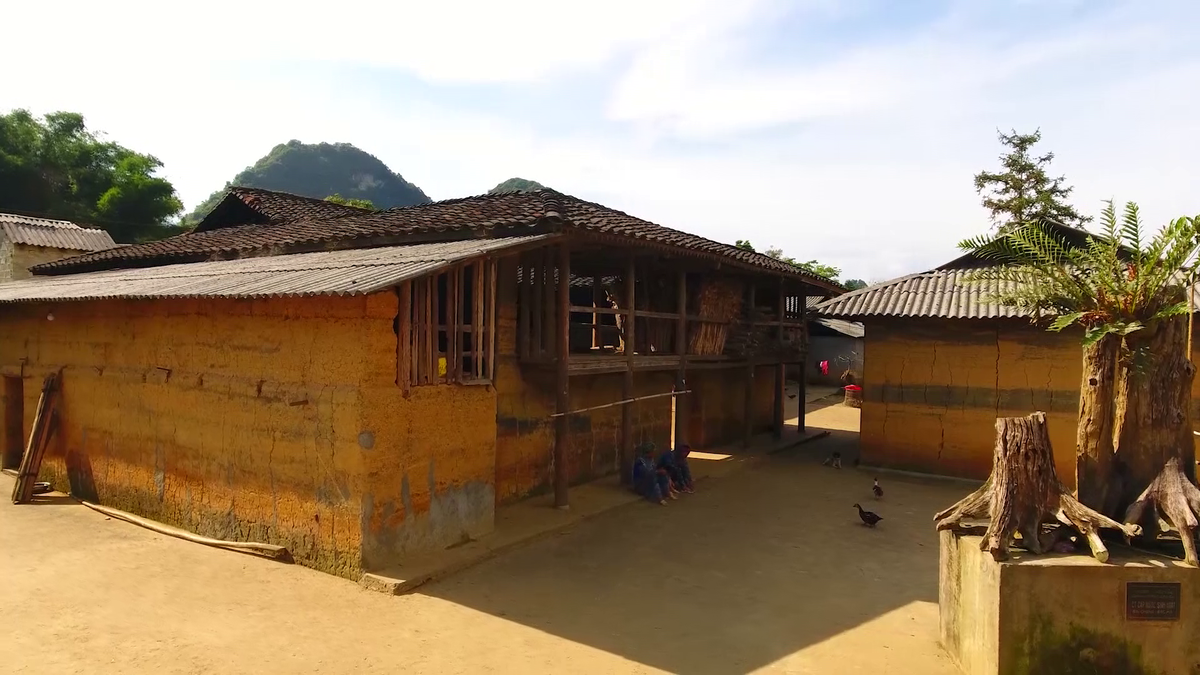
![[Photo] Magical moment of double five-colored clouds on Ba Den mountain on the day of the Buddha's relic procession](https://vphoto.vietnam.vn/thumb/1200x675/vietnam/resource/IMAGE/2025/5/9/7a710556965c413397f9e38ac9708d2f)
![[Photo] General Secretary To Lam and international leaders attend the parade celebrating the 80th anniversary of the victory over fascism in Russia](https://vphoto.vietnam.vn/thumb/1200x675/vietnam/resource/IMAGE/2025/5/9/4ec77ed7629a45c79d6e8aa952f20dd3)
![[Photo] Russian military power on display at parade celebrating 80 years of victory over fascism](https://vphoto.vietnam.vn/thumb/1200x675/vietnam/resource/IMAGE/2025/5/9/ce054c3a71b74b1da3be310973aebcfd)

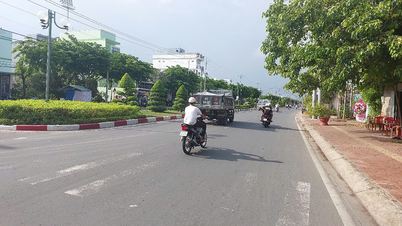
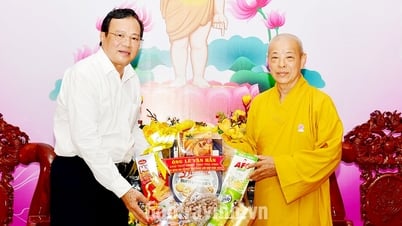
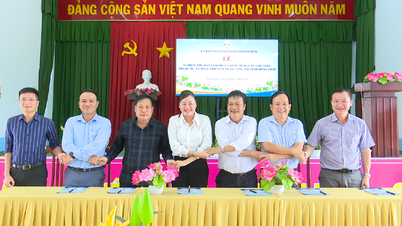
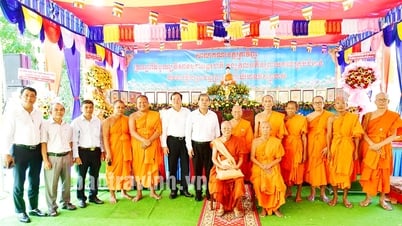
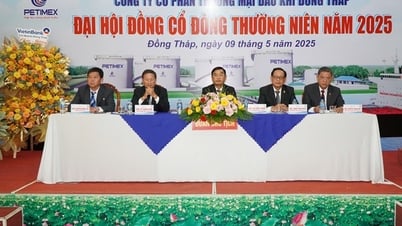
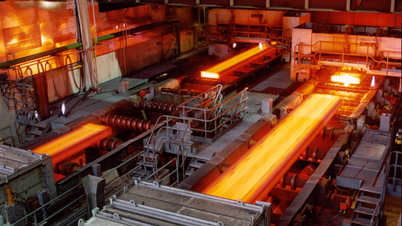






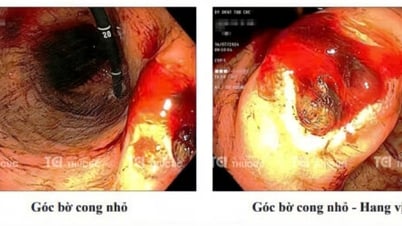
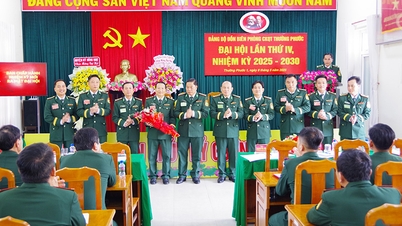
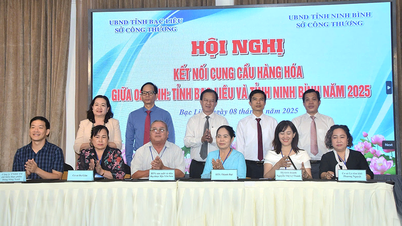
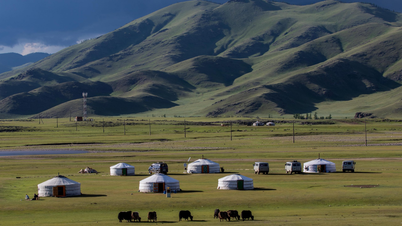
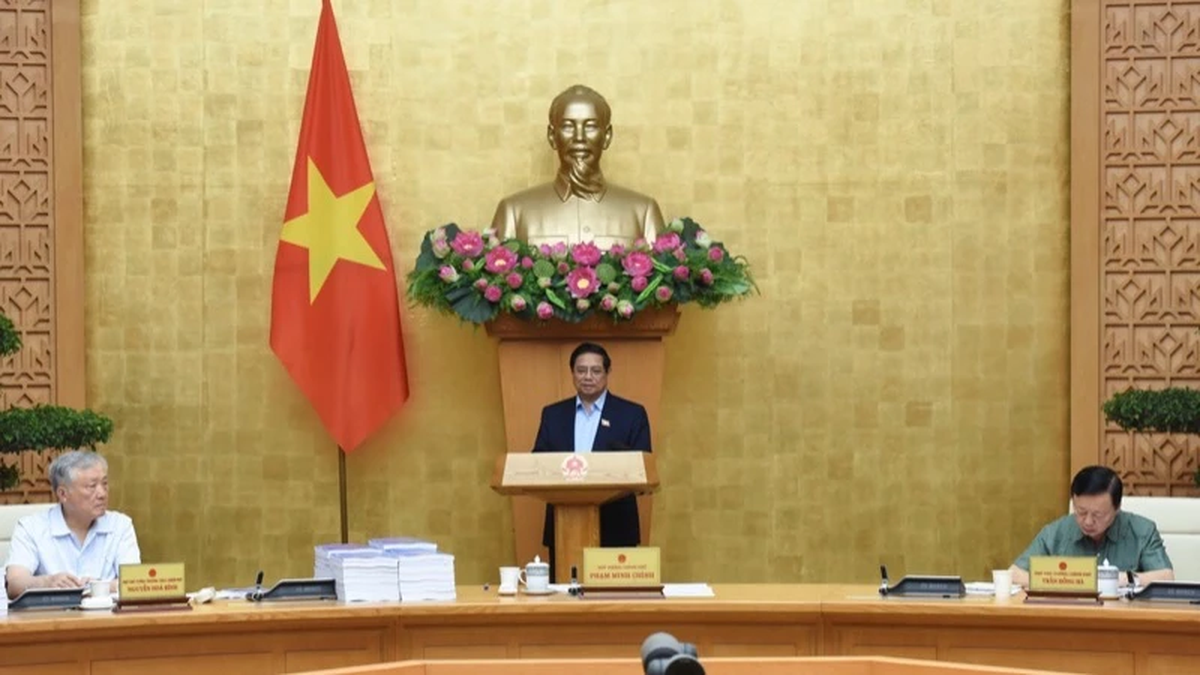
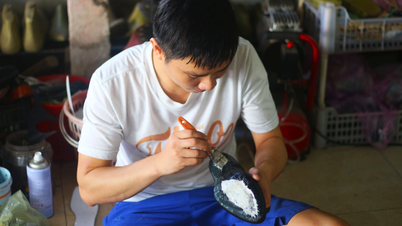








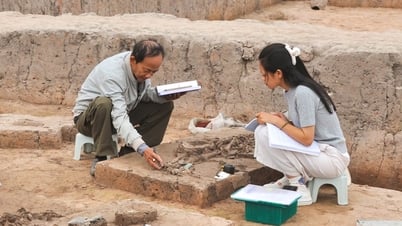

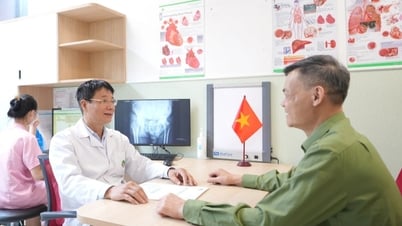

















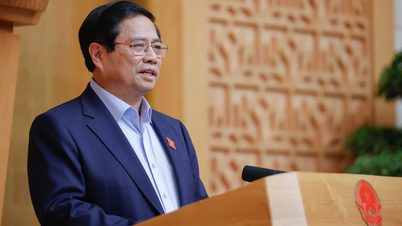
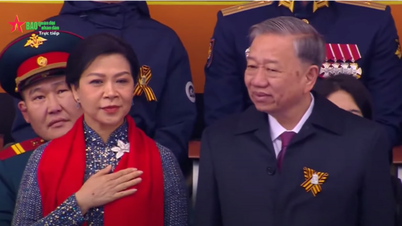




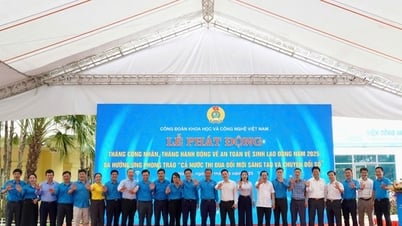

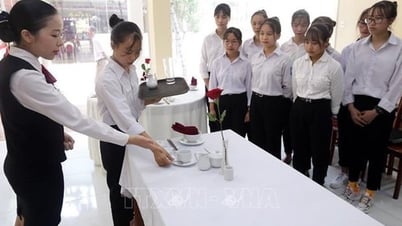

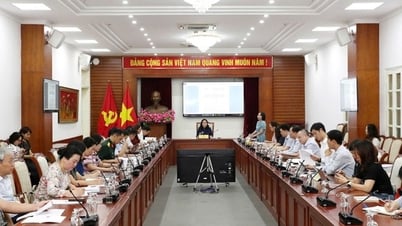

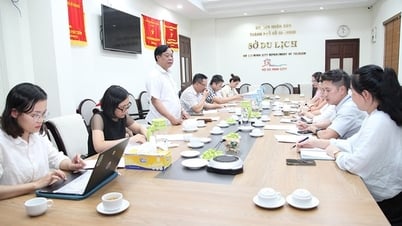
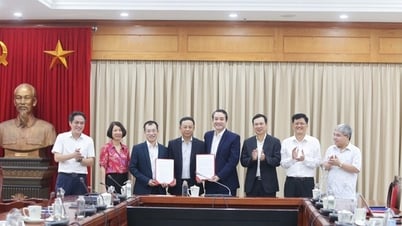
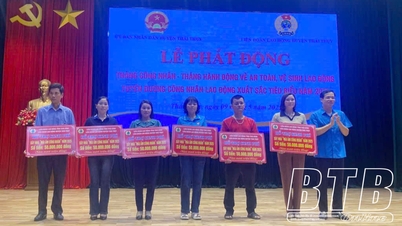

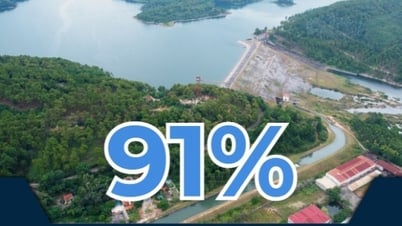

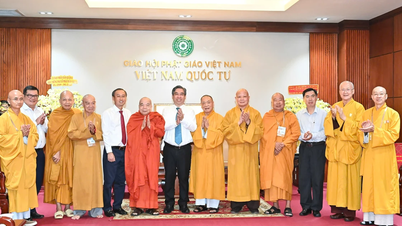



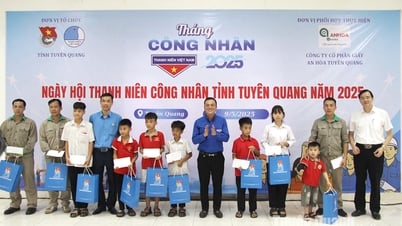













Comment (0)